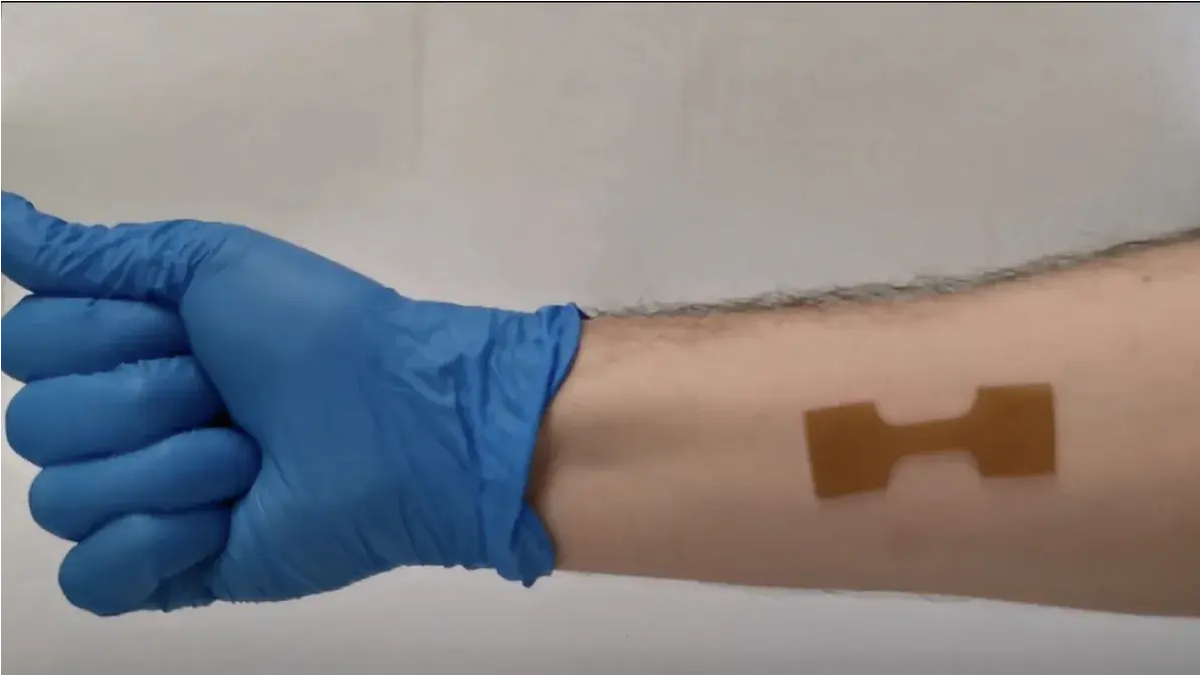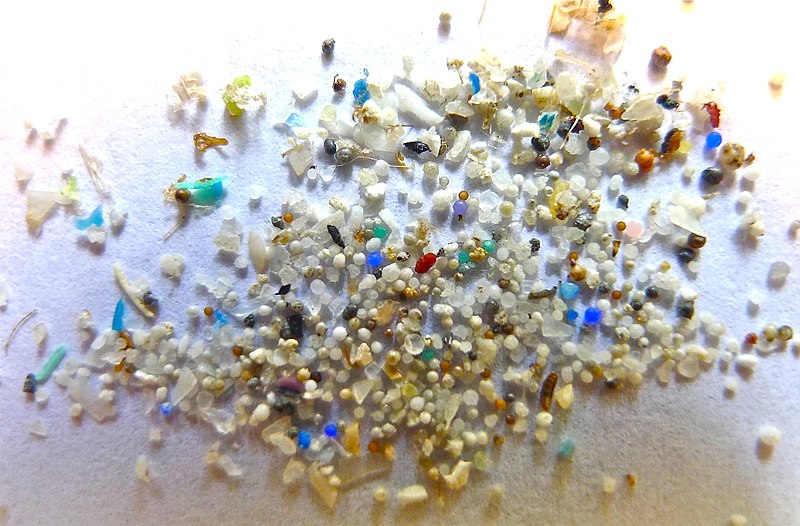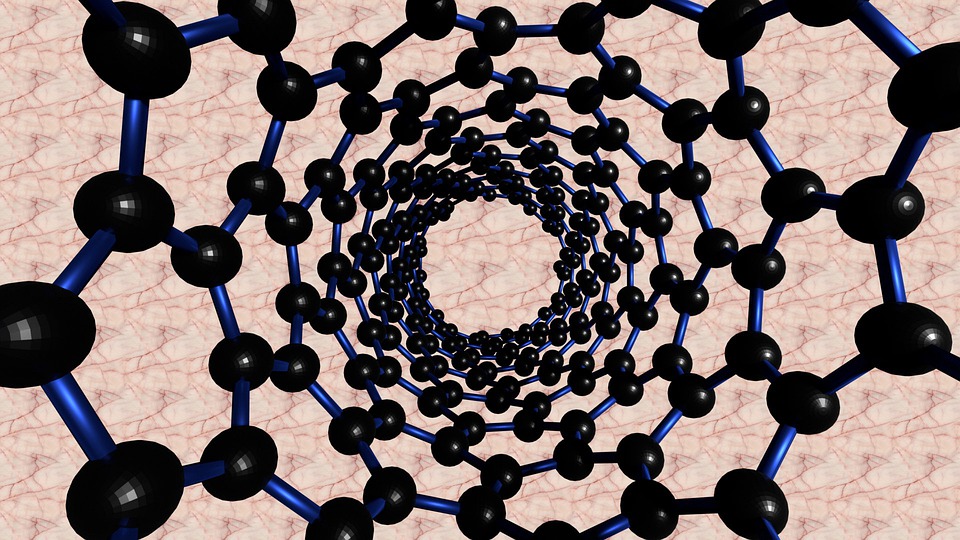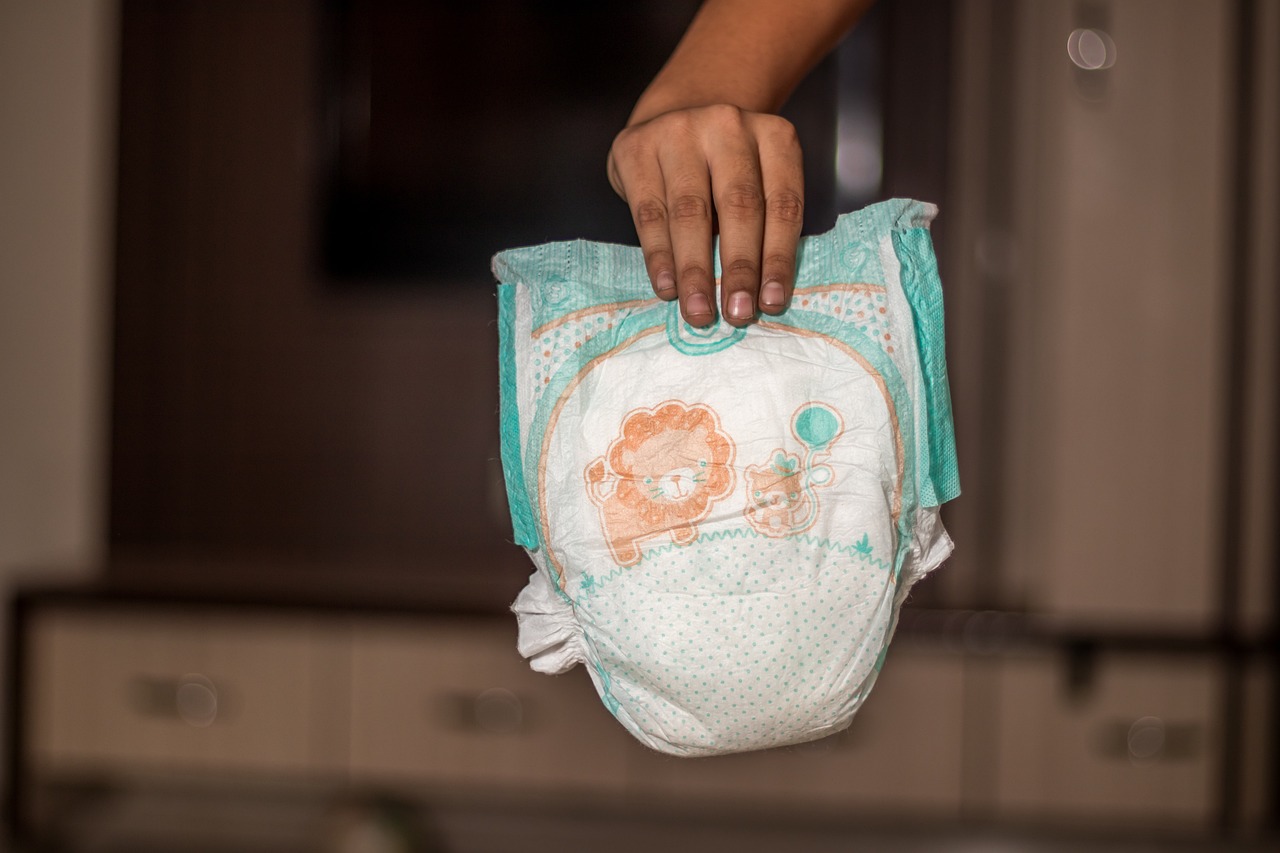Treating and dressing burn victims can be a challenging task. Changing the dressing can lead to new epithelial injuries, delayed healing, and inflicts considerable pain upon the patients, thus worsening the already arduous journey of recovery.
A new easily removable hydrogel-based dressing could change that!
The University of Waterloo researchers have created a new wound dressing material using advanced polymers. This dressing shows promise in improving the healing process for burn patients and has potential applications in cancer treatment and the cosmetic industry.
One of its key features is the incorporation of a thermally responsive polymer that expands upon cooling and contracts upon heating.
By utilizing 3D scans of the burned body part, soft and flexible sheets of the hydrogel can be 3D-printed to precisely match the contours of the affected area. This ensures comprehensive contact with the injured tissue while distributing pressure evenly. Moreover, the hydrogel material offers an additional advantage by enabling the preloading of medication, which is gradually released into the wound.
Upon initial application, the hydrogel sheet is heated by the patient’s body, causing a slight shrinkage that allows it to securely cling to the skin. It maintains its position for the required duration, staying at the patient’s body temperature throughout the process.
When the wound needs to be checked, a cool towel or similar item is placed on the outer surface of the dressing. As the hydrogel cools and expands, it loosens its hold on the skin and scar tissue, allowing for effortless removal with minimal discomfort.
Notably, the material only needs to be cooled to room temperature, considering the heightened sensitivity of burn victims to colder temperatures.







